Chewing gum and toothpaste, candy canes and Christmas trees: where would they be today without peppermint? This ancient herb has seasoned different cultures for thousands of years. Peppermint was first formally recognised and scientifically classified in the mid-1700s in England, however, we have records of people using peppermint as far back as ancient Rome, Greece and Egypt! Read on for the historical uses that helped put the ‘pep’ in peppermint.
Peppermint: The Name Game
When you think of the word ‘mint,’ what comes to your mind? A scent? A taste? Peppermint is perhaps the most well-known of the minty smells, along with spearmint and wintergreen. Its scientific name is Mentha piperita, sometimes also known as Mentha balsamea (8). The name peppermint comes from the Latin mentha which is the root of the word menthol, also signifying a small aromatic plant. Along with lavender, peppermint is one of the oldest herbs ever recorded for cooking and medicine.
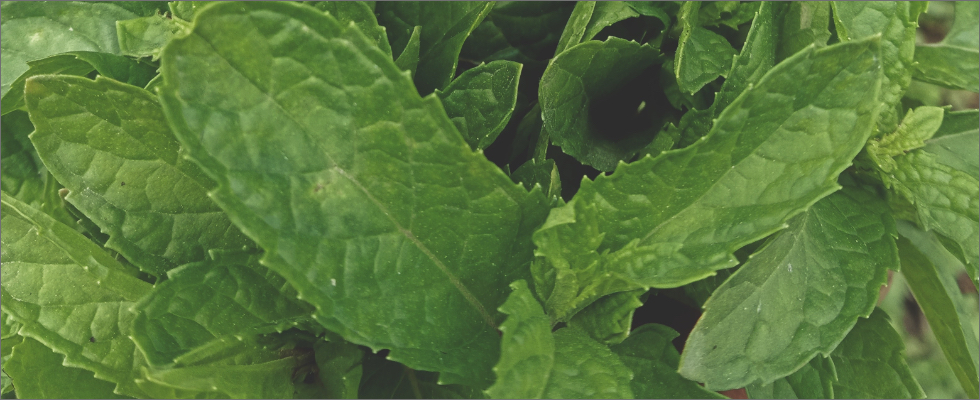
Peppermint Plant Structure
Would you believe that peppermint is actually a natural hybrid of two other kinds of mints? It is a cross between water mint (Mentha aquatica) and spearmint (Mentha spicata). Some people grow peppermint as an herb, and others see it as a weed, since it grows and spreads quickly. It is a perennial plant with smooth, slightly fuzzy, square stems. It typically grows between .3–1 metre tall. Its leaves are long and wide: 5–7.6 centimetres by 2.5–3.8 centimetres. The leaves of the peppermint plant are deep green with toothed edges. They also have purple, pink or white flowers that are about 6-8 millimetres across and have a four sector centre. These flowers generally appear in the middle to late summer.
Where Does Peppermint Grow?
The Peppermint plant grows best in shady locations with a lot of moisture. It’s native to Europe and the Middle East, but over the years it has spread to most areas of the world. Peppermint is considered a nuisance to some gardeners in Australia, New Zealand and the Great Lakes region of the United States. This is because it can spread rapidly, choking out other plants and herbs. If you add peppermint to your garden, keep in mind that it can grow out of control and might require pruning.

In the United States, peppermint is largely commercially farmed in the Great Lakes region. The State of Michigan grows most of the peppermint consumed in the United States and is responsible for almost 50% of the world’s peppermint. Interestingly, peppermint oil from plants grown in the United States has come to be considered lower quality than English peppermint oil, which is much more expensive. Oil from French peppermint is also considered higher quality than American peppermint oil, but still not as high quality as English.
History of Peppermint: An Origin Story
Peppermint and its many uses can be traced to ancient Egypt. In 1550 B.C., there is evidence in Egyptian medical text that claims peppermint’s ability to ease stomach ailments. Peppermint was even valuable enough in ancient Egypt to be used as a form of money. This use of peppermint as currency traces to the current day for the word “mint” as a place for minting money.

Peppermint eventually came to northern parts of Europe from the Middle East, where speculation of its cooking and medicinal properties increased in reach. Holy monks in the Middle Ages used peppermint to clean their teeth. With its strong menthol smell, they would also use it to repel rodents away from their cheese storerooms. By the mid-1700s, peppermint became listed as a medicinal agent for treating many kinds of conditions, from diseases to migraines. The more peppermint was used for cooking and medicine, the more it was grown in gardens and eventually commercially grown in farms.

Peppermint in Literature and Religion
Throughout time, peppermint cropped up in different cultural, literary and religious contexts. The Bible, arguably the oldest existing book in the world, makes reference to peppermint’s use as currency in the Gospel of Luke, which discusses the tithing of mint. In ancient Greek mythology, Persephone, wife of Hades, turned a river nymph named Minthe into a lowly mint plant as punishment for seducing her husband. Pliny the Elder, a Roman philosopher, wrote of peppermint’s appetite-inducing qualities, and Aristotle, a Greek philosopher, referenced peppermint in his writings as an aphrodisiac.
Growing and Harvesting Peppermint: The Demand
Peppermint was first commercially cultivated in England in the late seventeenth century. Current day growth and harvest of peppermint produces approximately 4,000 metric tons of peppermint oil a year, and the United States accounts for more than 80% of that production. The UK, Canada, Australia and New Zealand also commercially grow and produce a significant amount of the world’s peppermint. Currently, there is a worldwide annual increase in demand for peppermint of about 5%—which is mostly driven by Japanese and Chinese consumption.
When it’s time for harvesting peppermint plants in the summer, the plant is cut down and put through a water-based distillation process. The oil is mostly found in the bottom of the leaves. There are two varieties of peppermint that are most commonly cultivated for commercial production of peppermint oil: the first is called Black Mitcham, which is the higher quality of the varieties but is more susceptible to fungus. The second variety is called Todd’s Peppermint, which is hardier and comprises most of the world’s peppermint plant production.

Harvesting is usually started when the peppermint begins to flower. This is best done in dry, sunny weather, when the morning dew has evaporated. Conventional mowers are usually used to cut the plants, which works better to cut the plants without breaking or tearing the leaves. Keeping the leaves intact is important since the leaves are where most of the peppermint oil resides.
After the crop is cut, it is distilled using steam in stainless steel vats, and the vapour is cooled and separated into water and peppermint oil. The chief chemical ingredient of peppermint oil is menthol, but it also contains other chemicals including menthone. The quality of peppermint oil is directly attributable to the proper proportions of menthol and menthone.
Interestingly, it isn’t the highest concentration of menthol that determines which peppermint oil is the most purchased. Japanese peppermint oil contains about 85% menthol, but English peppermint with a menthol content of 60–70% is regarded as the world’s best. By comparison, American peppermint oil, which dominates the market, only contains about 50% menthol.
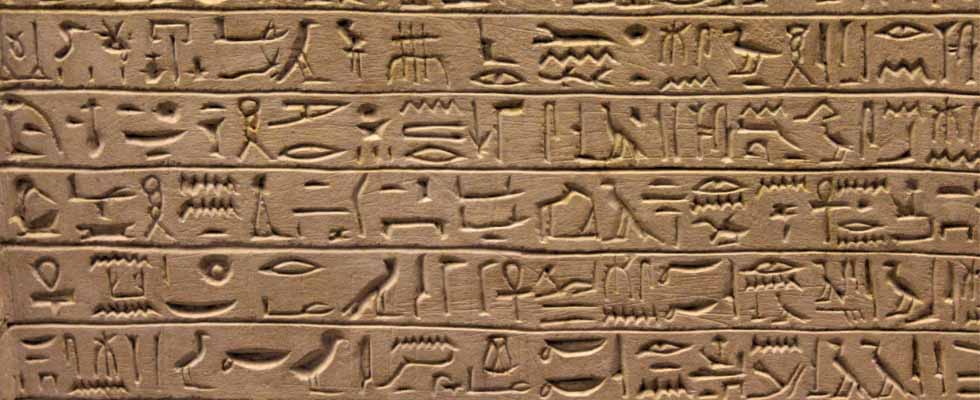
During the distillation process, peppermint oil can keep for many months as long as it is kept away from heat and the sun. This preservative nature could possibly explain why peppermint was discovered in Egyptian tombs still somewhat intact.
Peppermint in Cooking
Peppermint has been on the menu for centuries. It has been used to flavour sauces and soups, meats and meals. While it has sometimes been used in seasoning salads and other foods, peppermint is most often known for its use in sweets and desserts.
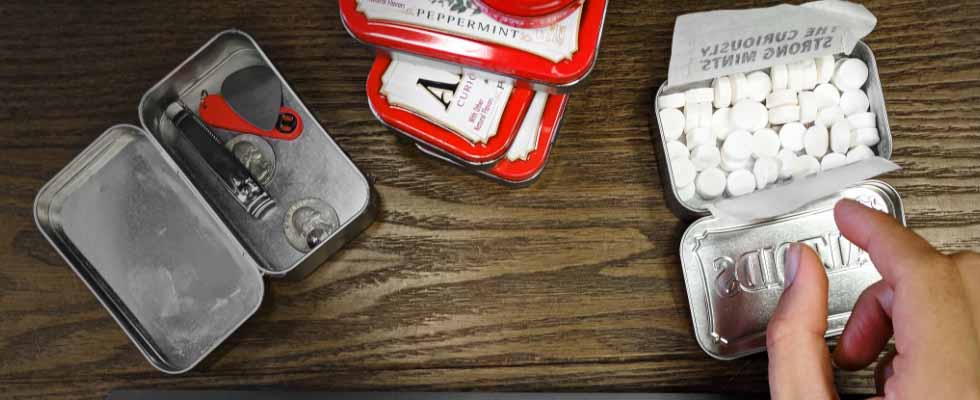
Peppermint in Sweets
From the late 1700s to now, peppermint sweets have been busy. The cool-in-the-mouth feeling was doubtless a key reason for its rise in popularity as an ingredient in sweets and toothpaste. To start, peppermint flavoured Altoids were developed in 1780 in part to relieve gastric indigestion. This led to peppermint sweets becoming very popular in Europe in the early to mid-1800s. Peppermint and cinnamon flavoured brandy balls were all the rage in the 1850s!
In the United States, the chewing gum company, Wrigley’s introduced the first mint-flavoured chewing gum in 1893. This led to Life Savers developing its first peppermint flavoured sweet called Pep-O-Mint in 1912. Soon after, the maker of Pez dispensers, which originated in Austria, introduced its peppermint-flavoured Pez in 1927. Today, peppermint is widely used in all varieties of sweets; from hard, individually wrapped sweets, to mint-flavoured chocolate to candy canes.

The Peppermint Candy Cane
The first known use of peppermint candy canes in the United States occurred in 1847. It was attributed to a German immigrant, August Imgard, who decorated his Christmas tree with candy canes along with his other ornaments. After this, candy canes became a common ornament, which led to their widespread use. The red and white striped candy cane in its current incarnation was not widely seen until the 1950s, when sweet makers started commercially making them in factories and not in the handcrafted fashion of the local sweet shops.
Peppermint in Desserts
Because candy canes originated in decorating Christmas trees, peppermint desserts began with a seasonal flavour. A few of the more famous peppermint inspired festive desserts include peppermint brownies, milkshakes, mochas, cheesecake, truffles and peppermint biscuits.

Peppermint Tea
Just like its popularity as a sweet flavour, peppermint became hugely popular as a tea flavour (10). Not only does it have its characteristic cooling effect from its menthol-containing leaves, but peppermint’s health benefits and lack of caffeine motivate many to make peppermint their go-to tea (3).With its cooling effect, peppermint has historically been used to invigorate the mind and help stave off daytime sleepiness (6).
Peppermint Medicinal Use in History
Like lavender and other herbal plants, peppermint is well received for health uses. Peppermint was mentioned in thirteenth century Icelandic Pharmacopoeias: official publications with lists of medicinal drugs and their effects, as well as directions for use. Here are just a few of the purported health benefits from recorded uses of peppermint throughout time:
Peppermint for Easing Indigestion
One of the most well-known uses for peppermint historically has been for stomach issues(1, 2). Ancient Egyptians used peppermint as a treatment for indigestion. There were even dried peppermint leaves found in Egyptian pyramids from 1000 B.C! However, this historical belief didn’t end in ancient Egypt. Since Altoids came to market in 1780, peppermint was widely accepted as a treatment for indigestion, gas and bloating, and thought to calm the digestive tract. One review of nine studies in which 926 people with irritable bowels were treated with peppermint oil, claimed that the peppermint treatment significantly relieved their symptoms. In addition to this, Ancient Greeks believed mint could treat hiccups, and Romans used it as a stomach soother.

Peppermint Oil for Pain Relief
The first published report to document the link between peppermint and headache relief was in 1879. A more recent German study took place in the late nineties(5). In the double-blind study, researchers claimed that a solution of ethanol which contained 10% peppermint oil had a similar effect for headache relief as 1000 mg of acetaminophen(4). The ancient Greek military even prohibited peppermint consumption because they thought that it was an aphrodisiac that would inhibit soldiers’ ability to fight impending battles.
Peppermint to Reduce Menstrual Cramps
In the eighteenth century, peppermint began to be accepted as a folk remedy for menstrual disorders. This probably had to do with the belief that peppermint relaxes muscles, leading to its use for reducing menstrual cramps (7).
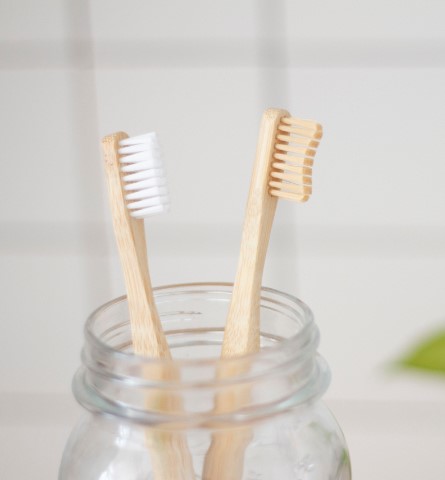
Peppermint to Freshen Breath
This is an easy one. Peppermint freshens breath. Who
hasn’t popped a peppermint or piece of peppermint
flavoured chewing gum after eating a garlicky meal, or
peppermint flavoured toothpaste or mouthwash to freshen their
breath?
Peppermint has been used for mouth hygiene for almost two
thousand years. What is believed to
be the oldest recipe for toothpaste was recently found in the
basement of a museum in Vienna. The 4th century artefact used
mint, rock salt, dried iris flower and pepper grains crushed
together with spit to form a paste to rub on teeth. The Romans
seemed to be on the right track with mint in their original
recipe though, since Colgate launched its first fresh-smelling
paste in a jar in 1873. Probably
best to stick to the modern-day mint toothpaste to maintain your
pearly whites (8, 9)!
Peppermint for Cosmetic Use
Cosmetic use of herbs, scented oils and ointments goes back to ancient times. The ancient Egyptians used oils and creams to soften their skin and mask body odour. Peppermint and many other herbs and plants were used to provide the basic ingredients for most perfumes in religious rituals.
Young Living's Uses for Peppermint Oil
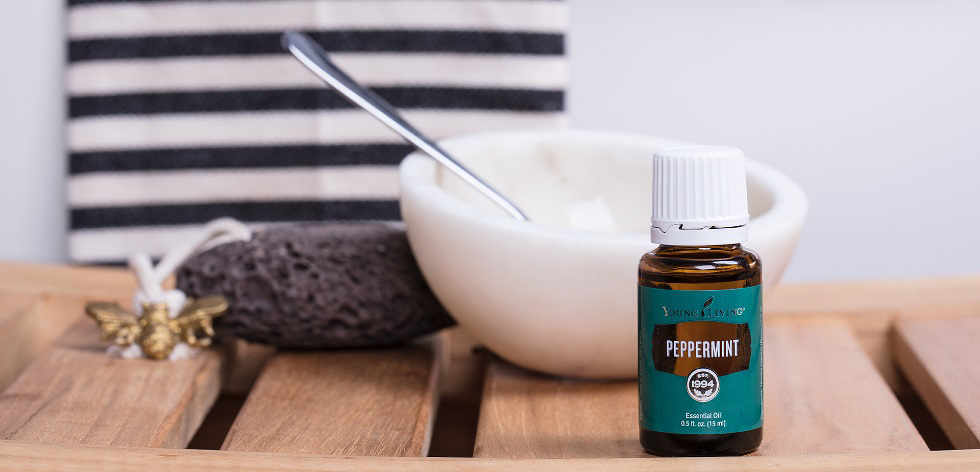
Peppermint is a well-loved oil at Young Living for many reasons. Peppermint oil can be diffused to create a stimulating, focused atmosphere for daily tasks. You can also apply it topically to create a cool, tingling sensation on the skin, which can be very soothing after hard physical activity. It can be used for masking odours or taste, perfuming, imparting freshness to the skin, maintaining the skin in good condition and producing a feeling of well-being on the skin and hair. Young Living’s Peppermint+ oil can also be added to food or drinks for a minty, refreshing flavour. We recommend using Peppermint essential oil aromatically or topically anytime you want to add a pleasant variety to your routine!
Peppermint Power
While we are still figuring out the full effects that peppermint can have on the human body, one thing is certain: it’s pretty cool. As a flavouring for food, sweets, toothpaste and more, it’s not going anywhere anytime soon!
Shop Peppermint Oil- https://www.ncbi.nlm.nih.gov/pubmed/24100754
- https://www.ncbi.nlm.nih.gov/pubmed/28562281
- https://www.ncbi.nlm.nih.gov/pubmed/23390455
- https://www.ncbi.nlm.nih.gov/pubmed/16767798
- https://www.ncbi.nlm.nih.gov/pubmed/20456191
- https://www.ncbi.nlm.nih.gov/pubmed/8805113
- https://www.ncbi.nlm.nih.gov/pubmed/30087294
- https://www.ncbi.nlm.nih.gov/pubmed/15708642
- https://www.ncbi.nlm.nih.gov/pubmed/27563318
- https://www.ncbi.nlm.nih.gov/pubmed/19039907
- https://www.ncbi.nlm.nih.gov/pubmed/20931070
- https://www.ncbi.nlm.nih.gov/pubmed/30166188
- https://www.ncbi.nlm.nih.gov/pubmed/14988517
- https://www.ncbi.nlm.nih.gov/pmc/articles/PMC4606594/
- https://www.ncbi.nlm.nih.gov/pubmed/24478977
- https://www.ncbi.nlm.nih.gov/pubmed/24478977
- https://www.ncbi.nlm.nih.gov/pubmed/30087294
- https://www.ncbi.nlm.nih.gov/pubmed/18041606
- https://www.ncbi.nlm.nih.gov/pubmed/21119249
- https://www.encyclopedia.com/plants-and-animals/plants/plants/peppermint

.png)
.png)
